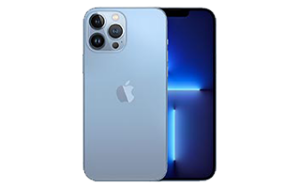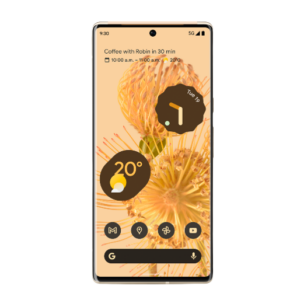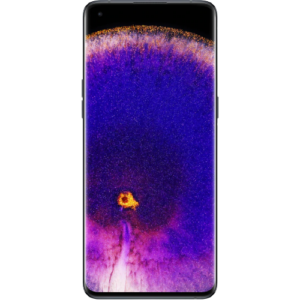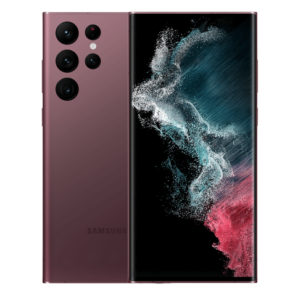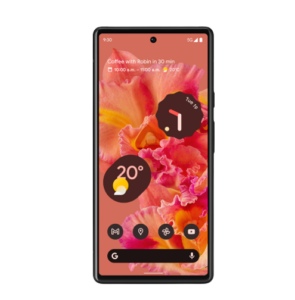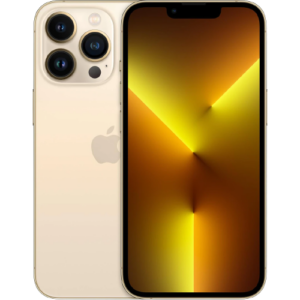The iPhone still tops the list when it comes to smartphone cameras, but Apple isn't the only game in town.
Best smartphone camera: What are the best alternatives to the iPhone?
These days, most smartphones have more in common than they do apart. The bezels are thinner and the screens might be bigger, but the overall flagship form-factor hasn't changed much in recent years.
There's usually a fingerprint sensor built into the screen, and a notch of one shape or another. The charging ports usually hang out at the bottom-most end, while the power and volume keys are squeeze in on the edges. All this is to say that the more money you spend on your next phone, the more likely it is that it will have all the same bells and whistles as its competitors. That said, there's one big exception to this: the camera.
For countless consumers, cameras have become not only the key point of difference between devices but also a reason to upgrade every few years. A better camera doesn't necessarily mean a better or bigger social presence, but it doesn't hurt either. With that in mind, we've rounded up the best smartphone cameras available in Australia.
If you're looking to hone in on the hardware that'll best serve your TikTok or Instagram ambitions, the list below should serve you nicely.
- : Best overall smartphone camera
- : Best cheap smartphone camera
- : Best Android smartphone camera
- : Best Samsung smartphone camera
Apple iPhone 13 Pro Max
Best overall smartphone camera
Where the iPhone 12 Pro Max had a slightly different camera configuration to the iPhone 12 Pro, the current iPhone 13 Pro and iPhone Pro Max rely on the same setup. Both devices feature three 12-megapixel cameras (telephoto, wide, ultrawide) on the back, plus a fourth 12-megapixel camera on the front that's used for selfies and Face ID.
Given the bigger battery afforded by the larger size seen on the iPhone 13 Pro Max, we've chosen to give it the edge when it comes to the question of which has the better smartphone camera. Not having to worry about battery life can make longer shoots much more bearable, particularly if you're looking to capture lots of high resolution video content.
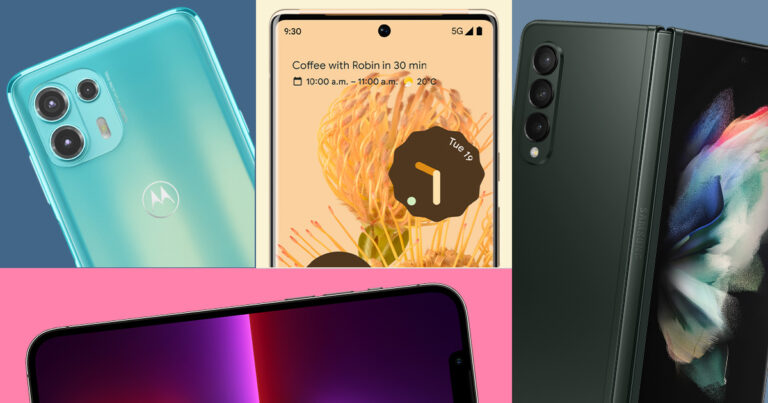
The best phone to buy in 2022
These are the best smartphones we've reviewed that you can buy in 2022.
Google Pixel 6
Best cheap smartphone camera
The Google Pixel 6 doesn't hit the photography highs of its Pro-grade counterpart, but if you're looking for the best smartphone camera on a budget, it's a standout choice. Google's cameras tend to work smarter rather than harder, but the 50-megapixel main sensor here is nothing to scoff at.
Relative to the alternatives, the main camera features you're missing out on here are the flexibility of a telephoto lens and the niche appeal of a macro lens. Still, when it comes to portrait, everyday and night photography, the Pixel 6 is more than capable of delivering exceptional results.
OPPO Find X5 Pro
Best Android smartphone camera
OPPO’s 2022 flagship brings a lot to the table, thanks to a more powerful Snapdragon 8 Gen 1 processor, a larger 6.7-inch WQHD+ display, a 5000mAh battery, 12GB RAM, better IP68 water resistance and support for up to 50W wireless charging.
While it doesn't have the periscope-powered zoom of the Find X2 Pro nor the novelty of the Find X3 Pro's microscope lens, the addition of Oppo's own MariSilicon image processor makes for a powerful points of difference against the Android-based competition offered by Samsung and co.
Check out the widget below for a round-up of the most popular plans for the device.
Samsung Galaxy S22 Ultra
Best Samsung smartphone camera
While the Pixel 6 Pro has Samsung's latest flagship beat when it comes to value for money, it's hard to overlook the considerable camera hardware perched on the back of the new Samsung Galaxy S22 Ultra. A 108MP wide angle lens is the headliner here, supported by a 12MP ultrawide lens plus the pair of telephoto lenses that power Samsung's 100x Space Zoom.
Add to that a sleeker refreshed design and the return of the S-Pen stylus as an integrated accessory rather than an add-on here, and you've got a recipe for a device that looms tall as Samsung's best smartphone of 2022.
Smartphone cameras we also considered
Google Pixel 6 Pro
While we think that the standard Pixel 6 has the edge when it comes to affordability, those who want to see what Google can do with an extra telephoto lens in the mix will definitely want to stretch for the Pixel 6 Pro. Check out the widget below for a short and snappy round-up of the best plans for the device.
Apple iPhone 13 Pro
While we favor the more expensive iPhone 13 Pro Max in a head-to-head comparison, those who care about their camera quality are hardly going to be disappointed with what the more pocket-sized iPhone 13 Pro can do. It's a few hundred dollars cheaper, and you still get the full benefits of the triple lens camera setup on the back. Check out the widget below for a round-up of plans for the device.
Smartphone camera buying guide
When it comes to evaluating smartphone cameras, we've chosen to compare each device based on three broad qualities: fidelity, flexibility, and features.
Fidelity is our shorthand for the level of detail and data that a smartphone camera can capture. The number of megapixels isn't the only number that matters here, but it's usually a good place to start.
Flexibility, on the other hand, refers to the amount of situational versatility that the hardware on a given device is designed to have. Simply put, the more lenses, the better. Having the ability to shoot in lossless zoom or get up close and personal with a dedicated ultrawide or macro lens adds usability that devices without those parts can't match.
Finally, the features score given to each device denotes how much time and effort a manufacturer has put into the software side of the experience. Basically: are there features built into the camera app here that add extra value or utility for consumers?
Smartphone cameras FAQs
More megapixels is generally better than less megapixels, but only to a point.
At the most basic level, cameras use a sensor to capture light. The bigger the sensor, the more data that can be captured. This mechanic is more-or-less the same across both traditional DSLR or more modern mirrorless cameras and their mobile-based counterparts.
However, there is such a thing as too much data. The more data that has to be captured on the sensor, the harder the rest of the camera has to work to process and handle that data.
A significant disconnect between the amount of data that a camera sensor can capture and the speed of a processor a smartphone can sometimes result in a pretty laggy experience. What's more, the benefits of that larger sensor are only really going to be felt if you're looking to take those images and either blow them up or print them.
The idea of sticking more and more lenses on modern smartphones is that, by giving consumers different lenses that are suited for different situations, you don't have to rely on a single lens to rule them all and can offer smartphone camera systems that are suited to more styles of photography.
Related Articles




